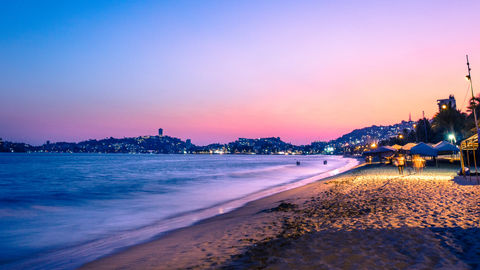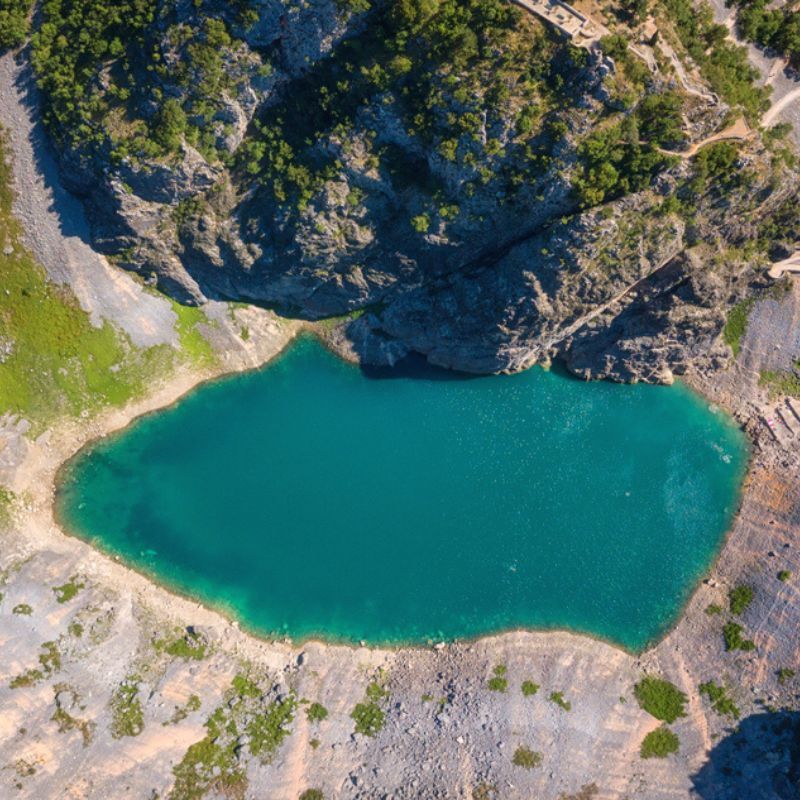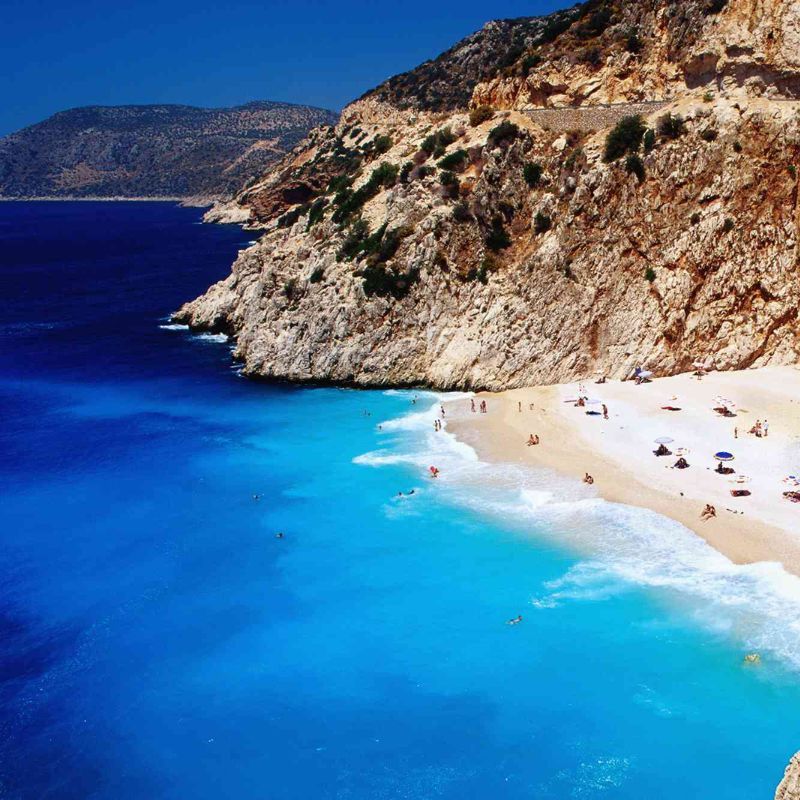
Editor’s note: The global COVID-19 crisis has left each one of us deeply affected and we want to help. Burda Media India has organised a fundraising campaign to #FightBackWithTesting and donating RT-PCR test kits to the worst-affected areas in India, which will be secured from our testing partner Mylab Discovery Solutions. You can help these kits reach many more by donating for the cause or by adopting a kit. Click here to join the fight.
Visualise a coastline glowing with natural neon blue waves at night! It might sound like a dream or a scene from a movie, but visitors at the Acapulco Beach in Mexico witnessed this rare and beautiful phenomenon with naked eyes. By Manya Saini
Nature has been putting up its own shows over the last few weeks amid global Coronavirus lockdown—from meteor showers to the return of animals to their natural habitat, it has been a joyride for most people. The latest to join the wonder is Mexico’s Acapulco Beach, where the waves have turned a glowing neon blue along its coast!
View this post on Instagram
The mesmerising sights are the result of dinoflagellates, a tiny species of bioluminescent plankton, which gathered over the coast en masse (in lot). This happened due to the lockdown that has reduced the number of visitors. The effect was last witnessed by residents about 60 years ago. Soon after capturing the stunning scene, onlookers quickly took to social media to share the experience of witnessing neon waves that looked like shining blue pearls crashing the shore.
The bloom is known as ‘red tide’ because of its appearance through daytime, however, during the night, it is famous for turning the water into “electric-blue waves.” The Scripps Institution of Oceanology took to Facebook to respond to queries of curious netizens, saying that it is not possible to predict how long the current red tide will remain, as earlier ones have lasted anywhere from a week to a month and sometimes even more.
View this post on Instagram
Mexico has banned surfing and beach activities that require entering the water to curb the spread of the novel Coronavirus under its nationwide quarantine restrictions to implement social distancing.
Earlier, the residents along Acapulco Beach had seen a majestic whale, during the lockdown period.
If you are feeling sad about missing the viral spectacle, don’t fret! On your next vacation to Mexico, remember to visit the romantic island of Holbox in Quintana Roo, which is literally lit from May to September every year.
Related: #SomeGoodNews: Sydney’s Bondi Beach Set To Reopen After Declining Coronavirus Cases










